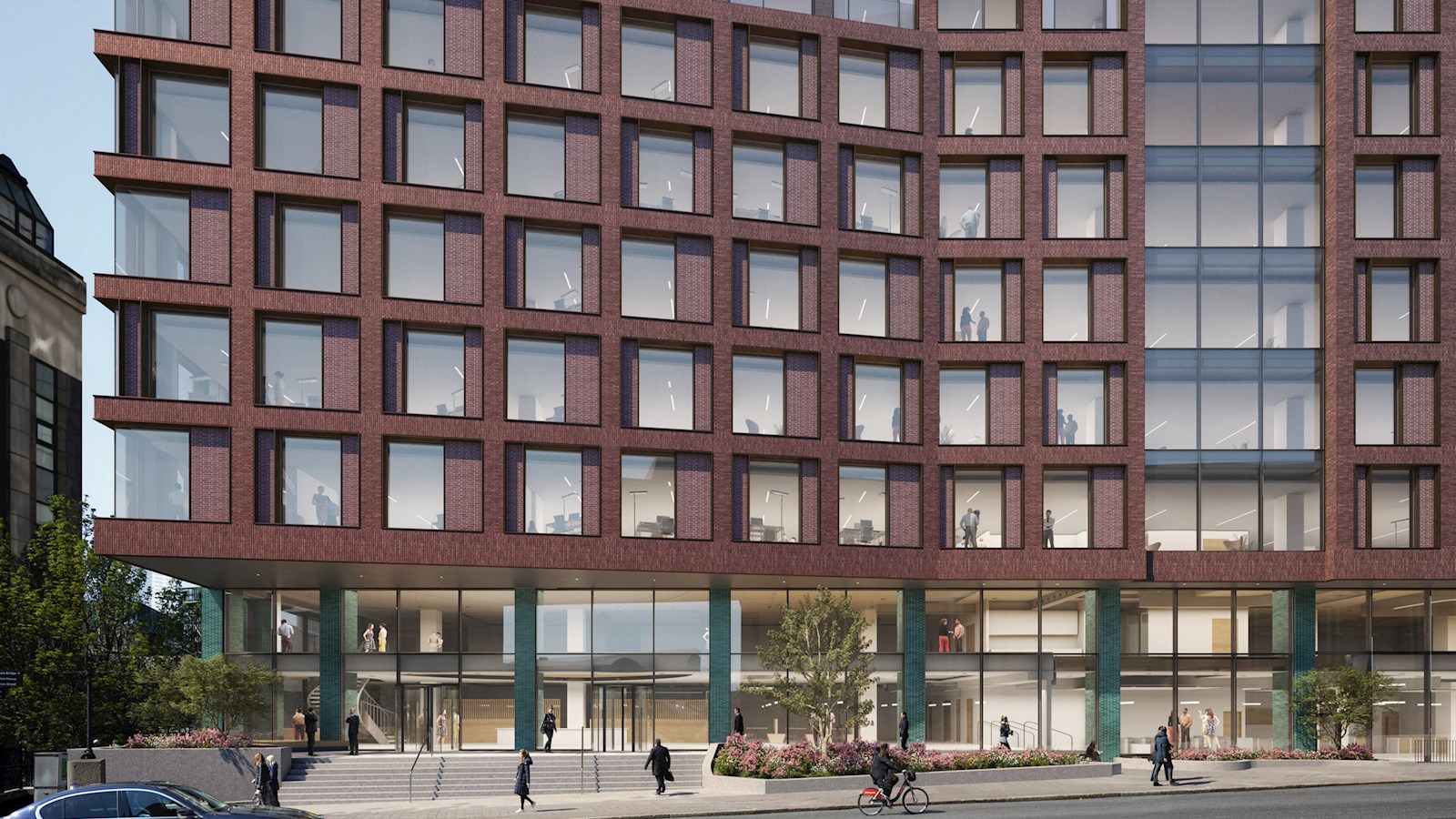WPP’s sustainable vision delivered through smart tech

WPP’s sustainable vision delivered through smart tech
Partnering with Cisco network intelligence to drive carbon reduction and smarter facilities management
WPP’s greatest impact comes from the work we do for clients. It can shift the perceptions and behaviours of billions of people worldwide. With purpose becoming an increasingly important driver of future growth, we’re focusing more and more on how we can role-model sustainable excellence across everyday operations.
Reimagining our workplaces and supply chains
WPP is currently undergoing a rolling programme of transformation, which includes the delivery of our vision for campuses globally. This ambition will see 85,000 of our people move into at least 65 world-class, net zero campuses by the end of 2025, powered entirely by renewable electricity.
“As we collectively move towards an increasingly digital future, IT will play a critical role in helping to turn this ambition into a reality,” says Rachel Higham, WPP’s Global Chief Information Officer.
Reflecting on the ‘why’ that sits behind this ambition, she says: “It’s simple – we’re doing this because it’s the right thing to do, and with Cisco we’re confident we’ll be able to get there.”
Through the delivery of this vision, WPP will realise a 20 percent reduction in physical office space. These reductions will help WPP meet the carbon emission reduction targets to which we have committed, in line with the Paris Climate Agreement.
The transformation aims to create a more agile, connected and collaborative network of companies. “This is a live experiment that will help us to deliver on our mission to build better futures for our people, planet, clients and communities,” Higham says.
For WPP to maximise the impact of its campus project, we need to create smart, flexible workspaces. We want to monitor space and energy use, and to provide the option for flexible working across buildings, while also having the security and control to allow teams to test new technology.
Buildings as live experiments
As one of the building blocks behind this transformation, Cisco’s technology will play a key role in helping to deliver seamless and sustainable connectivity for WPP’s campus-based people.
Cisco is also key to WPP’s smart building strategy. Cisco Meraki MT sensors are helping uncover new insight across a range of environmental factors, including heating, ventilation and air conditioning and power consumption, with a future goal of including air quality and other elements in the strategy. This insight informs new efficiencies, accelerates innovation and helps meet WPP’s sustainability targets.
Using campuses as ‘live experiments’ means that the design of new buildings will be informed by the experience gained from designing previous offices; each building itself is designed to be flexible enough to adapt – continuously – to local demands.
Supporting a healthy way of working
At least half the space at each campus will be shared space – cafes, meeting rooms and lounge areas, where employees from different agencies will be encouraged to meet, mingle and collaborate.
Creativity is often about finding a fresh perspective. Office designs should encourage employees to move around the building, finding spaces in which they enjoy working. Our buildings will support a healthy way of working and will encourage movement.
Bringing together global talent
Increasingly, WPP is being asked to assemble multi-agency pitch or client servicing teams – the versatility of the new campuses and the smart technology that they provide will allow these teams to assemble on campus or online more easily. Physical spaces will be easy to reconfigure – swiftly – to accommodate new business pitches or client meetings.
The new London campus features “’dancing walls’, portable space dividers with wireless technology embedded that can be moved easily to create new spaces. Other walls feature ‘wormholes’, always-on video links that connect to teams in our offices elsewhere around the world. We want to encourage cross-pollination across agencies, teams and locations.
If there is long-term empty floorspace, this strategy enables WPP to lease the space to tenants or clients, with a complete office-as-a-service offer.
Smarter spaces are also more sustainable spaces
As a result of using Cisco Meraki sensors for tracking energy and environmental data, WPP is able to reduce usage costs while creating a better working environment.
If we want to create ‘library-like’ silent areas to allow employees space to think, the technology will furnish us with the data we will need to meet that need There will be audio monitors to track noise pollution, and heatmaps will show busy routes within the new campuses. This data is vital to creating an ideal office environment as people return to the workplace – but perhaps not in the same pattern as before.
What is more, Cisco Meraki sensors in the campus data centres are already enabling WPP to reduce energy consumption across its heating and cooling infrastructure. WPP has already announced a 44 percent cut in cooling energy and a 27 percent drop in total energy consumption for its data centre in Sea Containers House, London, thanks to closer monitoring. This monitoring, and the savings, will be replicated worldwide. Globally, it is estimated that this will equate to a reduction in carbon emissions of 86 kilotons – the equivalent of planting 1.5 million trees per annum.
Find out more about how we’re reducing emissions across our business
